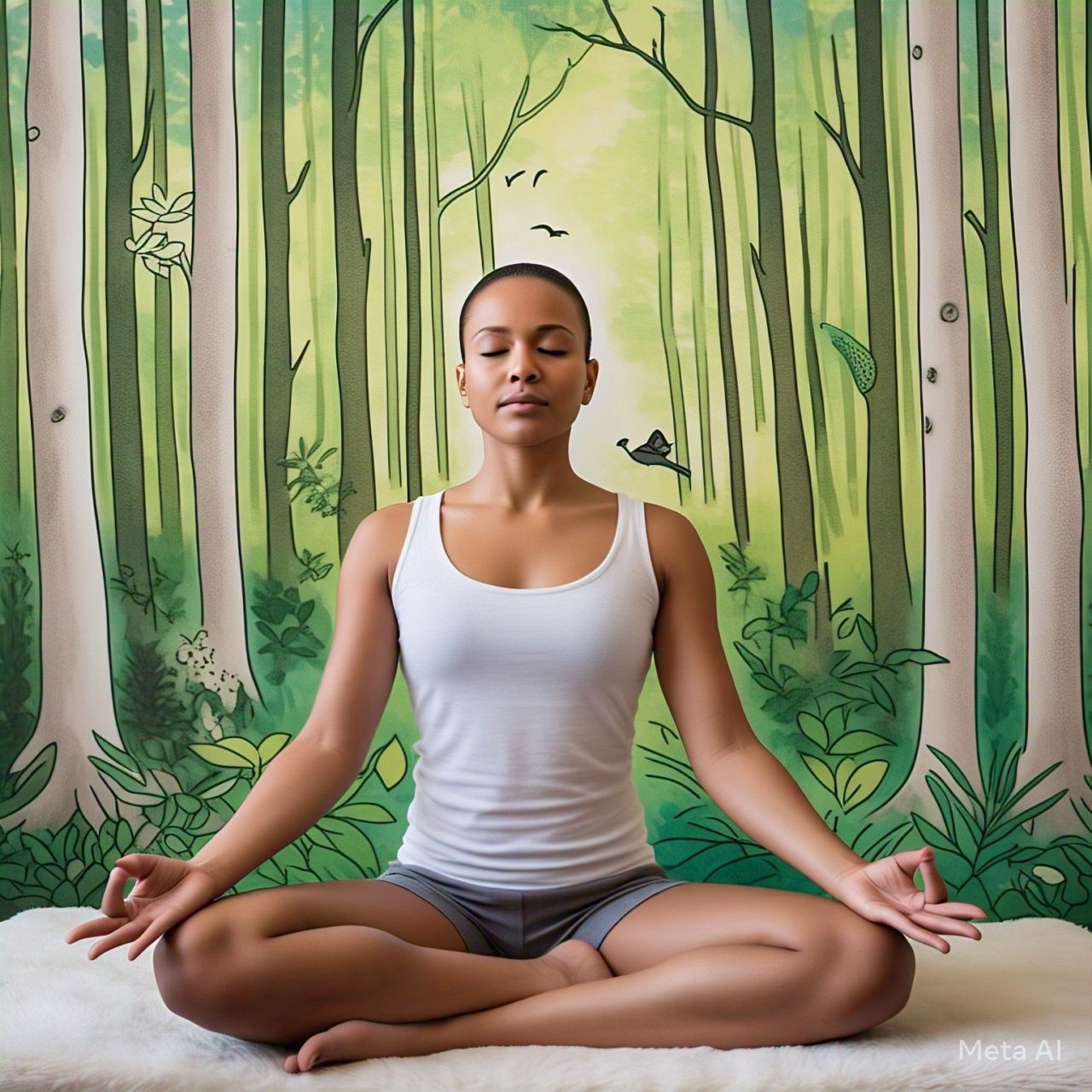Stress doesn’t wait for the “perfect” time or place — and neither should relaxation. Whether you’re in a crowded office, commuting, at home, or standing in line at the grocery store, it’s possible to create moments of calm anytime, anywhere.
You don’t need candles, yoga mats, or quiet rooms. What you do need is intention and awareness.
In this article, you’ll learn simple, effective relaxation techniques that you can use on the go to reset your nervous system, release tension, and reconnect with your inner calm — no matter where you are.
Why It’s Important to Relax in the Middle of the Day
When you stay in “go-go-go” mode without breaks, your body and mind pay the price. Chronic stress can lead to:
- Anxiety and irritability
- Muscle tension and headaches
- Poor focus and decision-making
- Fatigue and burnout
- Weakened immune system
Short, regular moments of relaxation can prevent all of that — while boosting your clarity, emotional balance, and overall well-being.
1. Deep Breathing (Anywhere, Anytime)
How it works:
Deep, intentional breathing sends a signal to your brain that it’s safe to relax.
Try this: Box Breathing
- Inhale through your nose for 4 seconds
- Hold your breath for 4 seconds
- Exhale through your mouth for 4 seconds
- Hold again for 4 seconds
- Repeat for 3–5 cycles
🕒 Where to use it: in meetings, on the bus, before sleep, or during stress
2. Body Scan Relaxation
How it works:
This technique helps you release physical tension by gently bringing awareness to each part of your body.
How to do it:
- Sit or stand with a relaxed posture
- Focus on your toes — notice any tension
- Slowly move your attention upward: feet, legs, hips, abdomen, chest, arms, neck, and face
- As you focus on each area, breathe into it and gently relax
🕒 Where to use it: at your desk, on a lunch break, during a commute
3. Grounding With the 5-4-3-2-1 Technique
How it works:
This method brings you back to the present by engaging your senses — great for anxiety or overthinking.
Practice:
- 🖐️ Name 5 things you can see
- ✋ Name 4 things you can touch
- 👂 Name 3 things you can hear
- 👃 Name 2 things you can smell
- 👅 Name 1 thing you can taste
🕒 Where to use it: in crowded places, before a presentation, during emotional overwhelm
4. Progressive Muscle Relaxation
How it works:
By intentionally tensing and then relaxing your muscles, you teach your body how to release tension more effectively.
How to do it (quick version):
- Start with your feet: tense for 5 seconds, then release
- Move upward: legs, hands, arms, shoulders, jaw
- Exhale slowly as you relax each area
🕒 Where to use it: during breaks, at your desk, in a quiet corner
5. Visualization and Guided Imagery
How it works:
Your brain responds to imagery as if it’s real — imagining a calming scene can help your body enter a relaxed state.
Try this:
- Close your eyes for a moment
- Imagine a peaceful place (beach, forest, mountains, etc.)
- Focus on the sights, sounds, and feelings of that place
- Breathe slowly and enjoy it for 1–2 minutes
🕒 Where to use it: waiting rooms, between tasks, before bed
6. Gentle Stretching
How it works:
Stretching releases built-up tension in the body and helps reconnect you to the present moment.
Quick stretches to try:
- Neck rolls
- Shoulder shrugs
- Wrist circles
- Gentle forward fold
- Standing side stretch
🕒 Where to use it: after long sitting periods, during a work pause, while cooking or waiting
7. Mini Mindfulness Check-In
How it works:
Mindfulness is simply paying attention — on purpose, in the moment, without judgment.
Try this quick check-in:
- Pause for 1 minute
- Notice your breath
- Ask: “How am I feeling right now?”
- Simply observe — no need to fix anything
- Take a few intentional breaths before returning to what you were doing
🕒 Where to use it: between tasks, when feeling scattered, anytime you need a reset
8. Use Sound to Shift Your Mood
How it works:
Sound can calm your nervous system quickly — especially if you associate it with peace.
Ideas:
- Listen to calming music or nature sounds
- Play a favorite song with your eyes closed
- Use a white noise or meditation app
- Hum softly to yourself (vibration helps relaxation)
🕒 Where to use it: while commuting, at home, while walking
9. Soothing Touch (Self or External)
How it works:
Touch stimulates the parasympathetic nervous system (rest and digest mode).
Techniques:
- Place your hand over your heart and take 3 deep breaths
- Gently massage your temples or jaw
- Rub lotion slowly into your hands
- Wrap yourself in a soft scarf or blanket
🕒 Where to use it: during anxiety, in private moments, before sleep
Final Thoughts: Peace Is Just a Moment Away
You don’t need to escape to a spa or a forest retreat to feel calm.
You can find peace in the middle of a meeting, a traffic jam, or a busy day — when you pause and breathe with intention.
Choose one or two techniques that feel natural to you.
Practice them gently, without pressure.
And remember: the more you invite relaxation into small moments,
the more calm and centered you’ll feel — anywhere, anytime.
